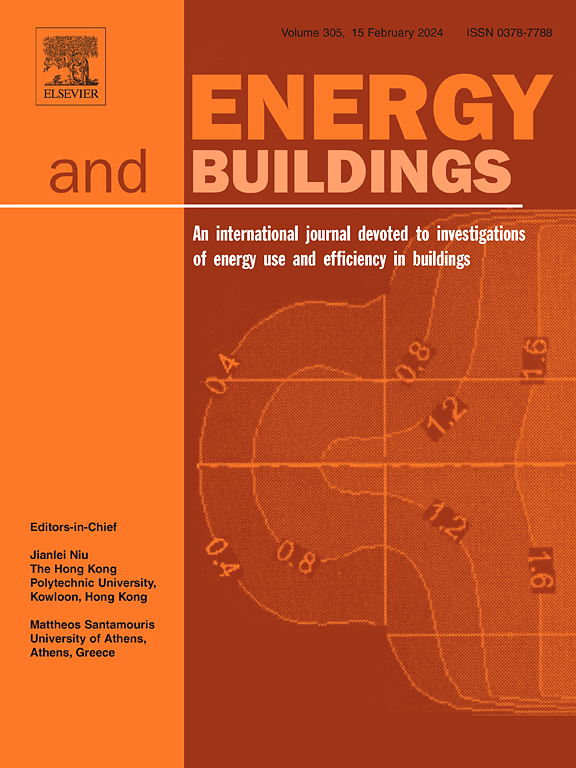Study on the impact of land-sea distribution on future building energy consumption in Chinese cities under the background of climate change
IF 6.6
2区 工程技术
Q1 CONSTRUCTION & BUILDING TECHNOLOGY
引用次数: 0
Abstract
The impact of future global warming on energy consumption of buildings has become a key topic of research in various fields around the world. However, there is a lack of quantitative analysis to consider the relationship between urban land-sea distribution and building energy consumption as well as future trends, and this study aims to address this gap. Based on the Coupled Model Intercomparison Project Phase 6, we predicted meteorological data and building energy consumption for sixty cities in China with different climate zones and land-sea distributions for the temporal framework of 2050s and 2080s in the future. The results show that urban land-sea distribution has a certain impact on future meteorological data, building heating and cooling loads, and annual total energy consumption. Under the Shared Socioeconomic Pathways3-7.0 scenario, compared to the baseline year, it is predicted that by the 2050s, the annual total energy consumption in cold zone will decrease by about 4.79 %, while in hot summer and cold winter zone it will increase by about 13.04 %. By the 2080s, these figures are expected to increase by approximately 5.36 % and 21.5 %, respectively. Based on these findings, this study uses a dimensionless method to quantitatively analyze the relative change patterns of future urban land-sea distribution and building energy consumption. A quantitative model is established to understand the impact of urban land-sea distribution on current and future annual total building energy consumption. The conclusions of this study can provide a reference basis for urban planning and layout, building energy efficiency design and policy-making.
求助全文
约1分钟内获得全文
求助全文
来源期刊

Energy and Buildings
工程技术-工程:土木
CiteScore
12.70
自引率
11.90%
发文量
863
审稿时长
38 days
期刊介绍:
An international journal devoted to investigations of energy use and efficiency in buildings
Energy and Buildings is an international journal publishing articles with explicit links to energy use in buildings. The aim is to present new research results, and new proven practice aimed at reducing the energy needs of a building and improving indoor environment quality.
 求助内容:
求助内容: 应助结果提醒方式:
应助结果提醒方式:


